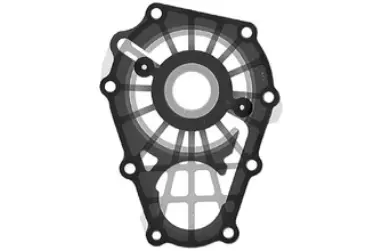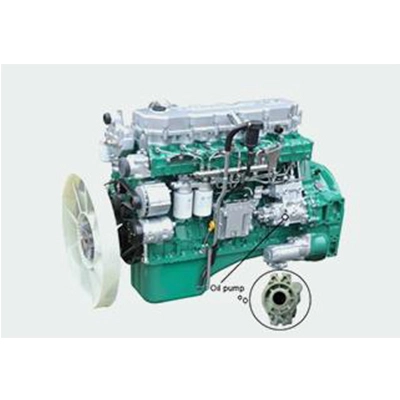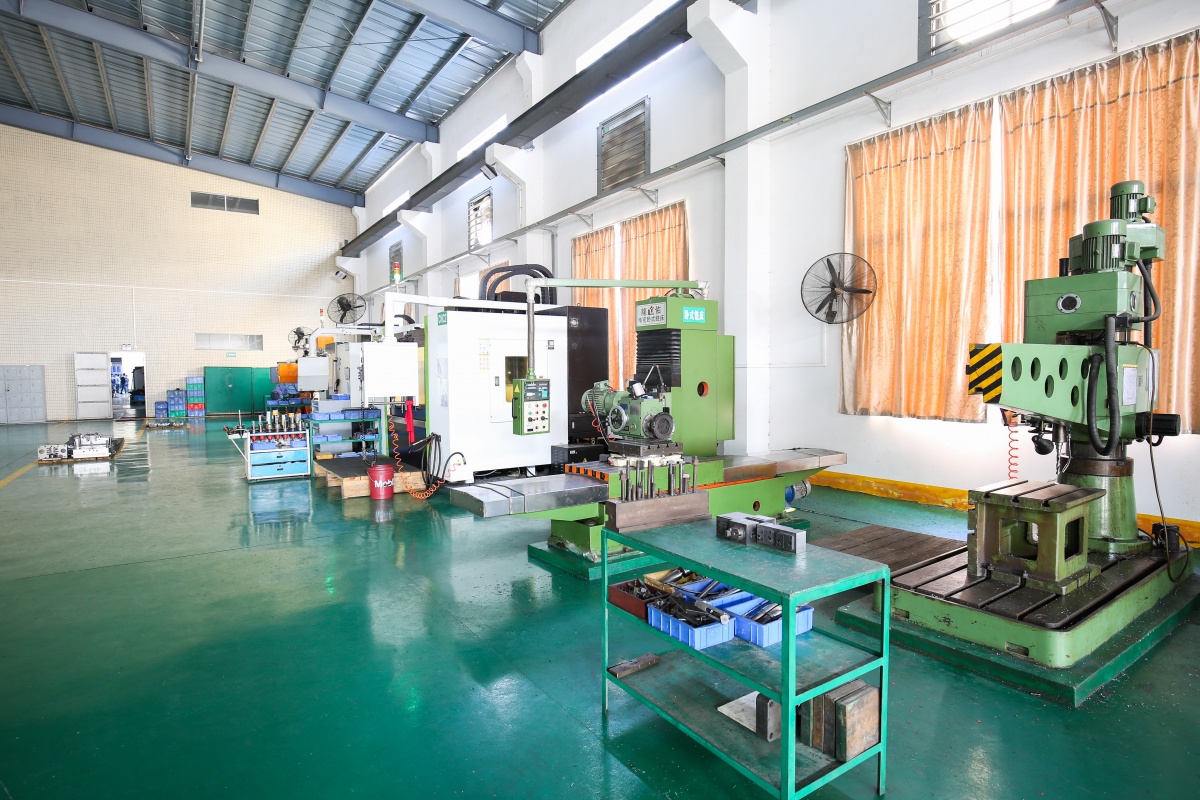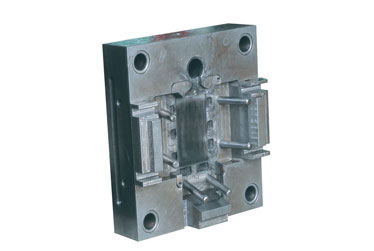

Ever wondered how manufacturers ensure the quality of internal structures in casting materials? Enter X-ray detection equipment — a groundbreaking tool in defect detection. With its ability to see through dense materials and pinpoint issues, it’s revolutionizing the casting industry. But what makes X-rays so effective? Let’s dive in.
X-rays are a form of electromagnetic radiation with an incredibly short wavelength, ranging between 10 to 250 pixels. Each photon in an X-ray beam carries energy capable of penetrating various materials. This unique property allows X-rays to pass through objects and reveal what’s hidden beneath their surface.
X-rays penetrate materials differently depending on their thickness, density, and composition. When directed at a casting, areas with defects absorb less radiation. As a result, these areas appear brighter on the detection screen, creating a clear contrast between defective and non-defective parts.
Imagine a wire stretched to its limit and eventually snapping. The defective section will absorb less X-ray energy due to its lower density. Sensitive optical instruments detect these variations, producing an image where defects stand out clearly.
High Accuracy and Resolution: X-ray systems provide incredibly detailed images, allowing precise identification of defects.
Non-Destructive Testing (NDT): Unlike other methods, X-rays do not damage the inspected material.
Speed and Efficiency: Advanced systems can scan and produce results in real time, saving valuable time.
Using X-rays ensures reliability and precision in defect detection. By identifying issues early, manufacturers can reduce waste, optimize production, and save costs. It’s a win-win for quality assurance and efficiency.
Automotive: Ensures the safety and reliability of die-cast car parts.
Aerospace: Verifies the integrity of critical components.
Construction: Confirms the structural soundness of metal parts.
Cracks: Stress-induced fractures in the material.
Porosity: Tiny air pockets compromising strength.
Shrinkage Cavities: Defects caused by uneven cooling.
Material Thickness: Thicker materials require higher energy X-rays.
Material Density: Dense materials absorb more X-rays, reducing penetration.
Energy Levels: Adjusting X-ray intensity ensures optimal imaging for various materials.
X-ray Source: Generates the radiation.
Detector: Captures the transmitted X-rays.
Imaging Software: Processes and displays the results.
Technology has transformed X-ray detection into a highly sophisticated process. Digital imaging ensures sharper images, AI streamlines defect recognition, and portable systems offer unparalleled convenience.
Material Density: Highly dense materials can obstruct X-rays.
Cost: Advanced equipment can be expensive.
Training: Operators require specialized knowledge to handle systems safely.
Radiation safety is paramount. Operators must follow strict protocols, including wearing protective gear and regularly maintaining equipment to ensure safe operation.
In the automotive sector, X-ray detection has proven invaluable. A major manufacturer adopted X-ray systems to inspect engine components, significantly reducing defects and improving safety. This not only boosted their reputation but also cut production costs.
X-ray detection equipment has become an indispensable tool in the casting industry, offering unmatched accuracy and efficiency. As technology advances, the potential for even greater innovation in defect detection is limitless.
What makes X-rays suitable for defect detection in casting?
X-rays’ ability to penetrate materials and highlight internal inconsistencies makes them ideal for identifying defects.
Can X-ray detection identify all types of internal defects?
While highly effective, some extremely dense materials may limit X-ray penetration, requiring alternative methods.
How safe is X-ray equipment for operators?
Modern systems include stringent safety features and protocols, ensuring minimal risk when operated correctly.
What industries benefit most from X-ray defect detection?
Automotive, aerospace, and construction industries benefit significantly due to their need for high-quality components.
How does X-ray detection compare to other non-destructive testing methods?
X-rays offer superior accuracy and versatility but may have higher costs compared to other methods like ultrasonic testing.


